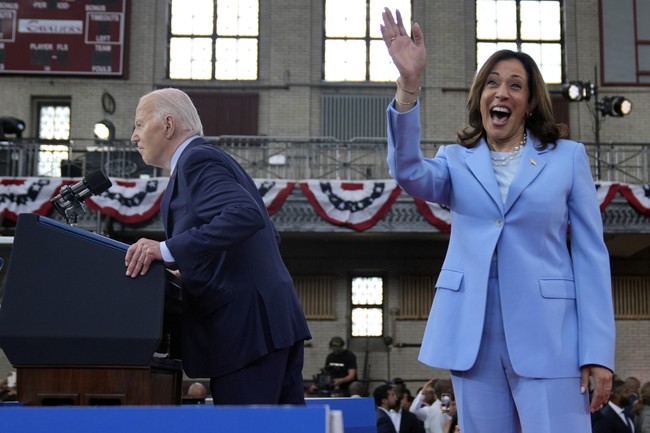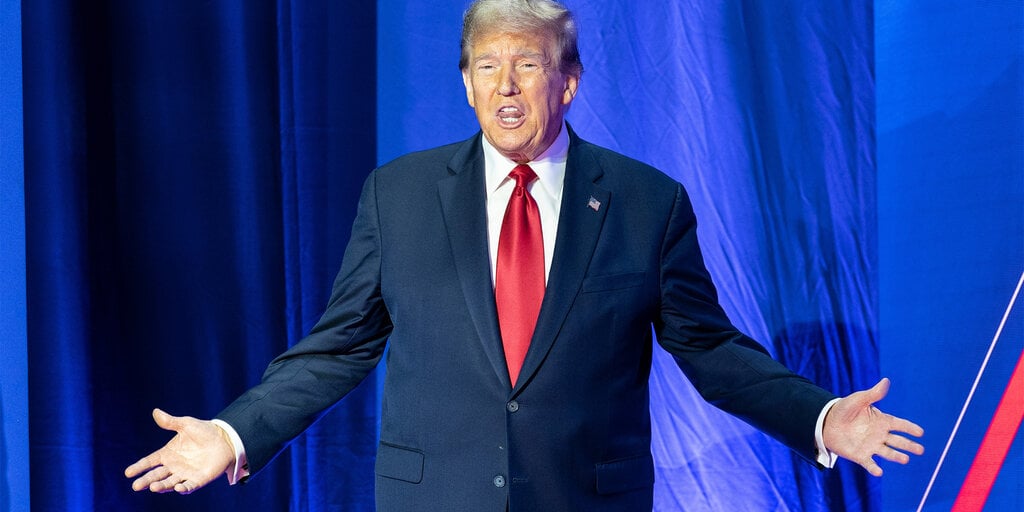China's Bold Economic Moves: A Comprehensive Overview
China is embarking on a significant economic initiative by allocating 300 billion yuan in ultra-long-term treasury bonds to stimulate consumer spending and upgrade equipment.
Published July 27, 2024 - 00:07am

Image recovered from devdiscourse.com
China has announced a bold strategy to allocate 300 billion yuan ($41.40 billion) in ultra-long-term treasury bonds to support equipment upgrades and consumer goods trade-ins. The initiative, unveiled by the National Development and Reform Commission (NDRC) and the finance ministry, aims to spur economic recovery amid ongoing challenges in the global market.
This marks a notable shift in Beijing's approach, moving away from infrastructure-heavy investments towards initiatives that directly target household consumption. Analysts at Hwabao Trust and S&P Global have pointed out that while the funds constitute only a small percentage of the national economic output, the focus on boosting domestic demand is significant.
The bond funds will primarily support consumer goods trade-ins, with subsidies designed to encourage the replacement of old appliances and cars. Qualified buyers of new energy passenger vehicles could receive subsidies ranging from 15,000 to 20,000 yuan, while purchases of home appliances, such as televisions and air conditioners, will be subsidized at 15-20% of their sales price, up to a maximum of 2,000 yuan per item.
Key government officials, including Xu Xingfeng from the commerce ministry, acknowledge the pressure on consumption in the first half of the year. Xu emphasized the importance of stabilizing the 'four guardians' of consumption: automobiles, home appliances, household products, and catering. As part of these efforts, the government has committed to disbursing the entire 300 billion yuan by the end of August.
Retail sales have seen sluggish growth, expanding by only 2% in June, the weakest performance since December 2022. Contributing factors include declining home prices, job insecurity, and high levels of personal debt. The slow retail growth has had a dampening effect on economic expansion, with the second quarter of 2024 recording a growth rate of 4.7%, down from 5.3% in the first quarter.
China's central bank has also taken steps to invigorate the economy, including an unexpected rate cut in its medium-term lending facility (MLF) to 2.3% from 2.5%. This move, the most significant reduction in over four years, follows earlier cuts to benchmark interest rates aimed at stimulating financial activity.
The allocation of ultra-long-term bonds is part of a broader strategy, with China planning to sell a total of one trillion yuan in special treasury bonds for the year. These measures underscore the government's commitment to reviving key sectors and stabilizing the job market in the post-COVID landscape.
Deputy head of the NDRC, Zhao Chenxin, expressed optimism that the new policies would drive up market consumption in the latter half of the year. However, there are concerns that the subsidies might inadvertently act more as incentives for manufacturers rather than significantly boosting consumer spending in the long term.
Economic experts assert that achieving sustainable growth will require a balanced approach that combines consumer incentives with comprehensive economic reforms. The current measures are seen as part of a reactive strategy to address immediate economic constraints, but lasting recovery may depend on broader structural changes.
As China navigates these economic challenges, the global market is closely monitoring its policy decisions and their potential ripple effects across the world. Investors especially are eyeing sectors directly impacted by the trade-in program, including home appliances and electric vehicles, anticipating short-term sales increases.
The ultimate goal of these initiatives is to stabilize consumption and boost economic confidence among Chinese citizens. With the next Politburo meeting on the horizon, further measures may be announced to build on these initial steps and ensure a more robust economic future.







